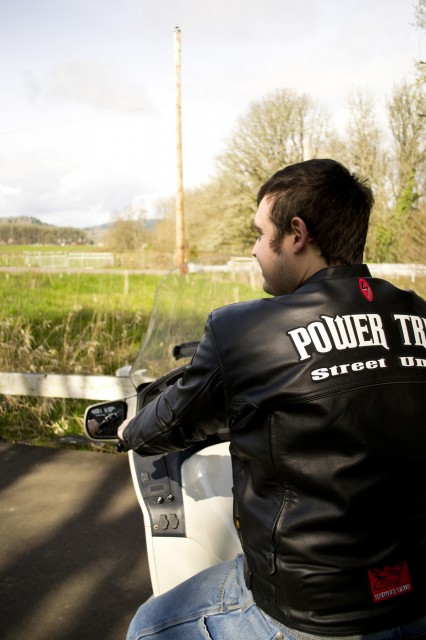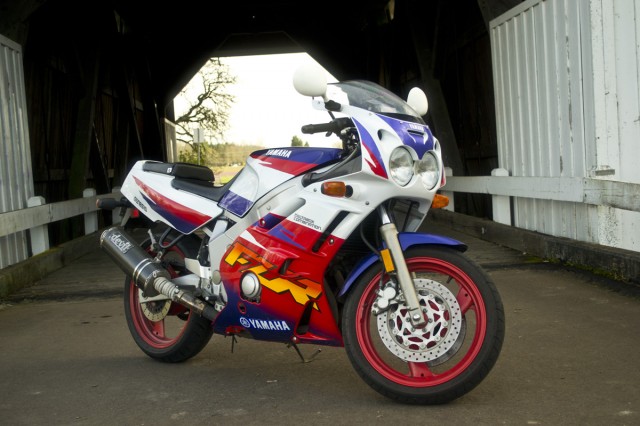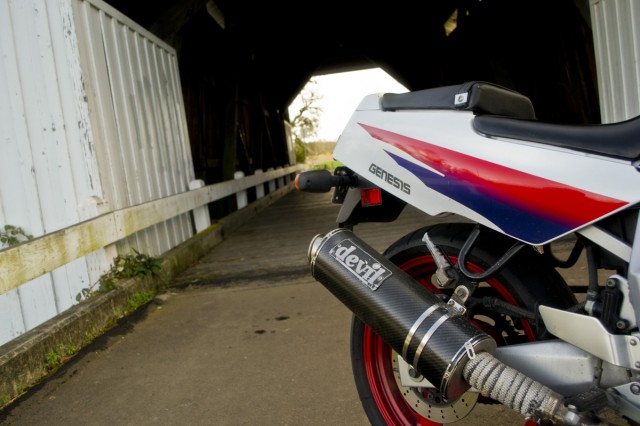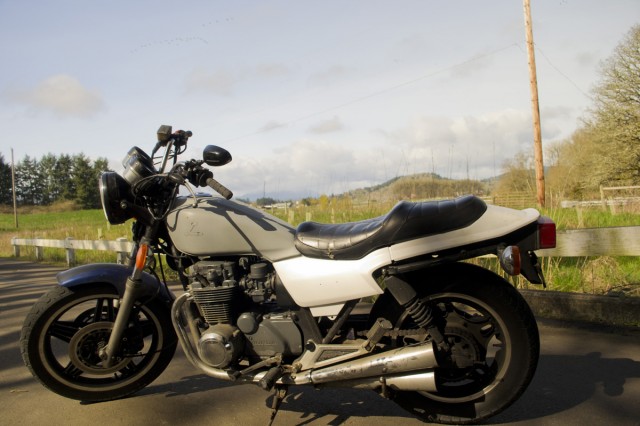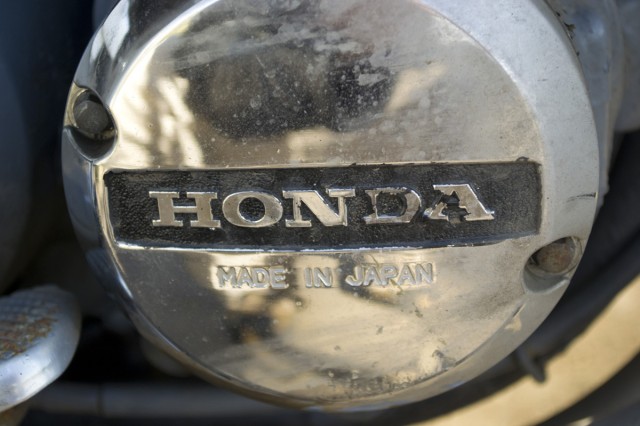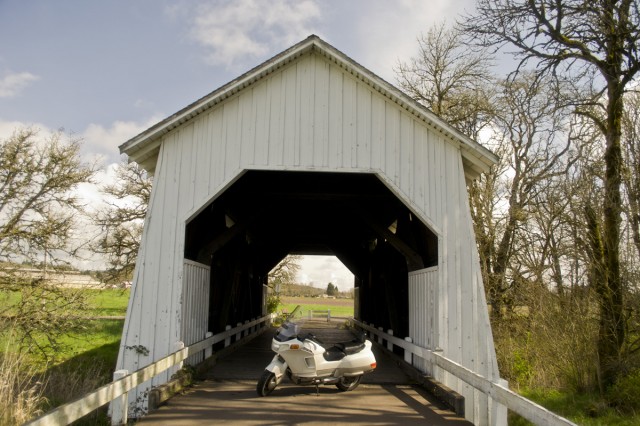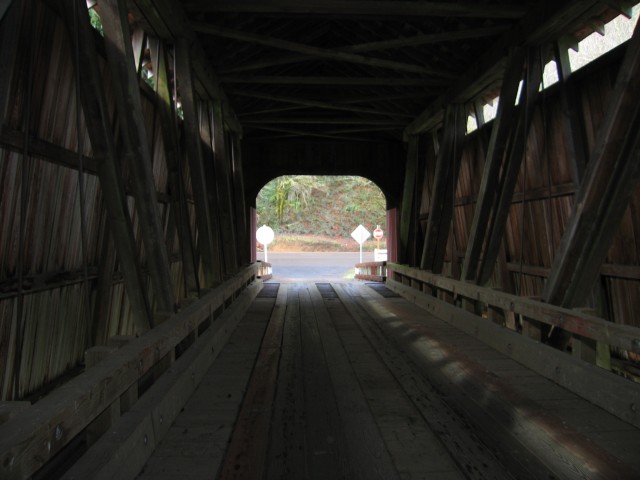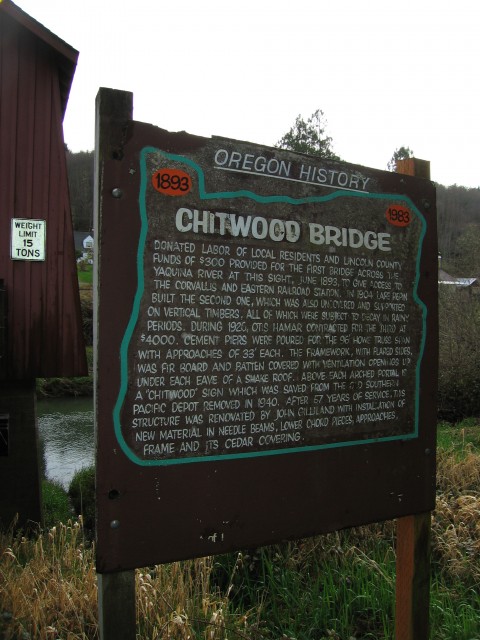
Yesterday Carl and I went for a ride to bag the Harris, Ritner Creek, Drift Creek, and Chitwood covered bridges as part of my quest to take a photograph with my motorcycle in front of every covered bridge in the state of Oregon. We rode down US 101 past Boiler bay, where this photo was taken, and Depot Bay before turning inland toward Corvallis. The ride was around 150ish miles total.
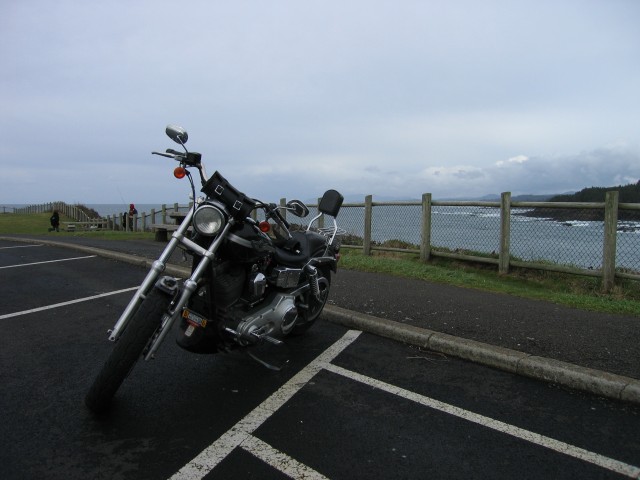
Carl’s bike got a little muddy on the way to Harris Covered Bridge.
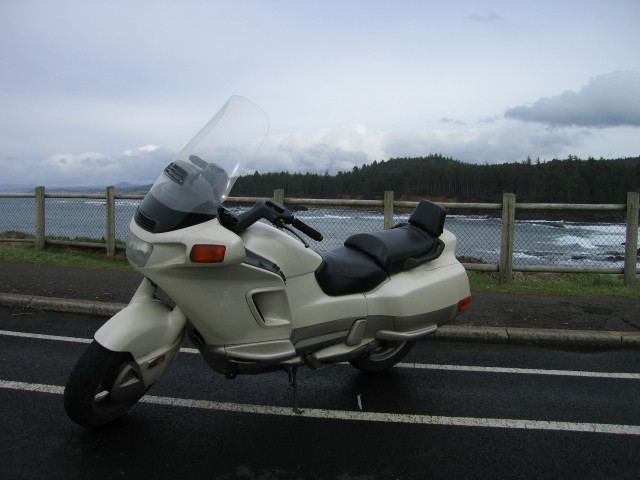
A Pacific Coast on the Pacific Coast!

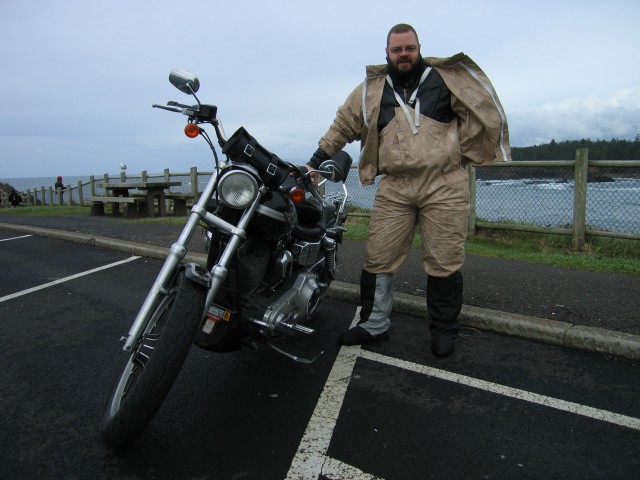
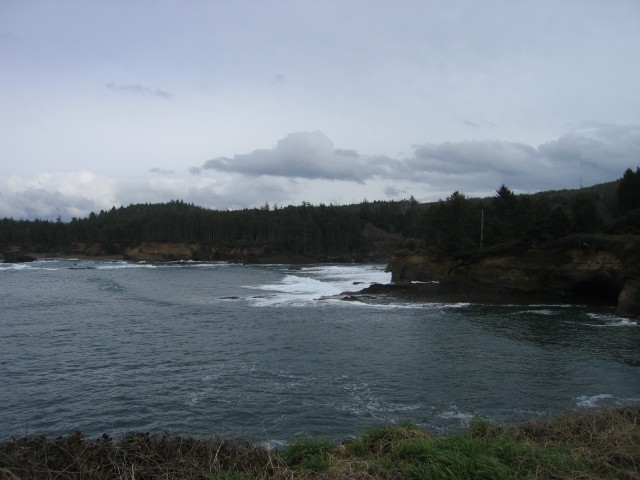
Boiler Bay. I wonder if the boiler that got the bay its name is still down at the bottom or if it has all rusted away by now.
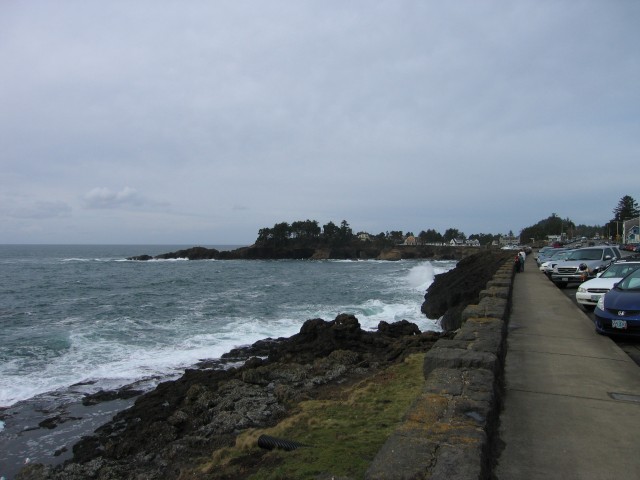
In Depot Bay we stopped so I could look for tsunami evidence and Carl could see the world’s smallest harbor.



The way ODOT made the newer bridge next to the original span is pretty neat. They match very well.
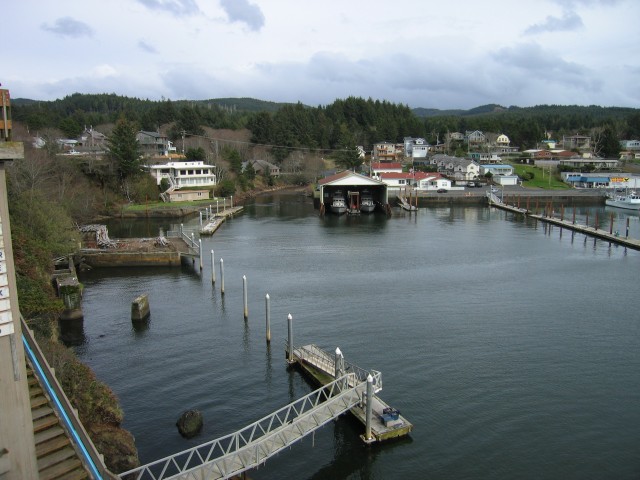
The harbor and the Coast Guard launches.
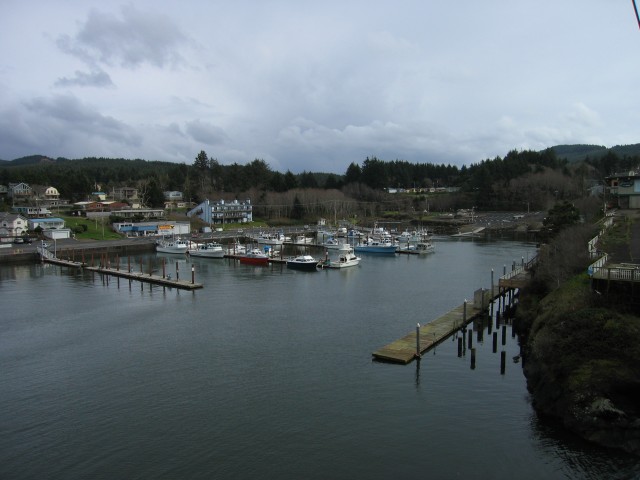
No real tsunami damage evident anymore.
 The main drag through Depot Bay.
The main drag through Depot Bay.
